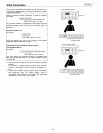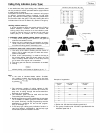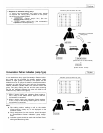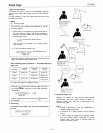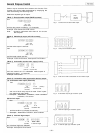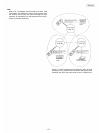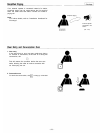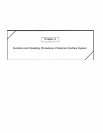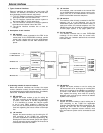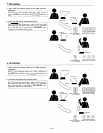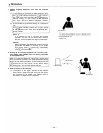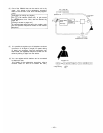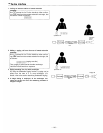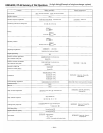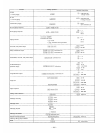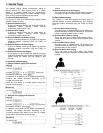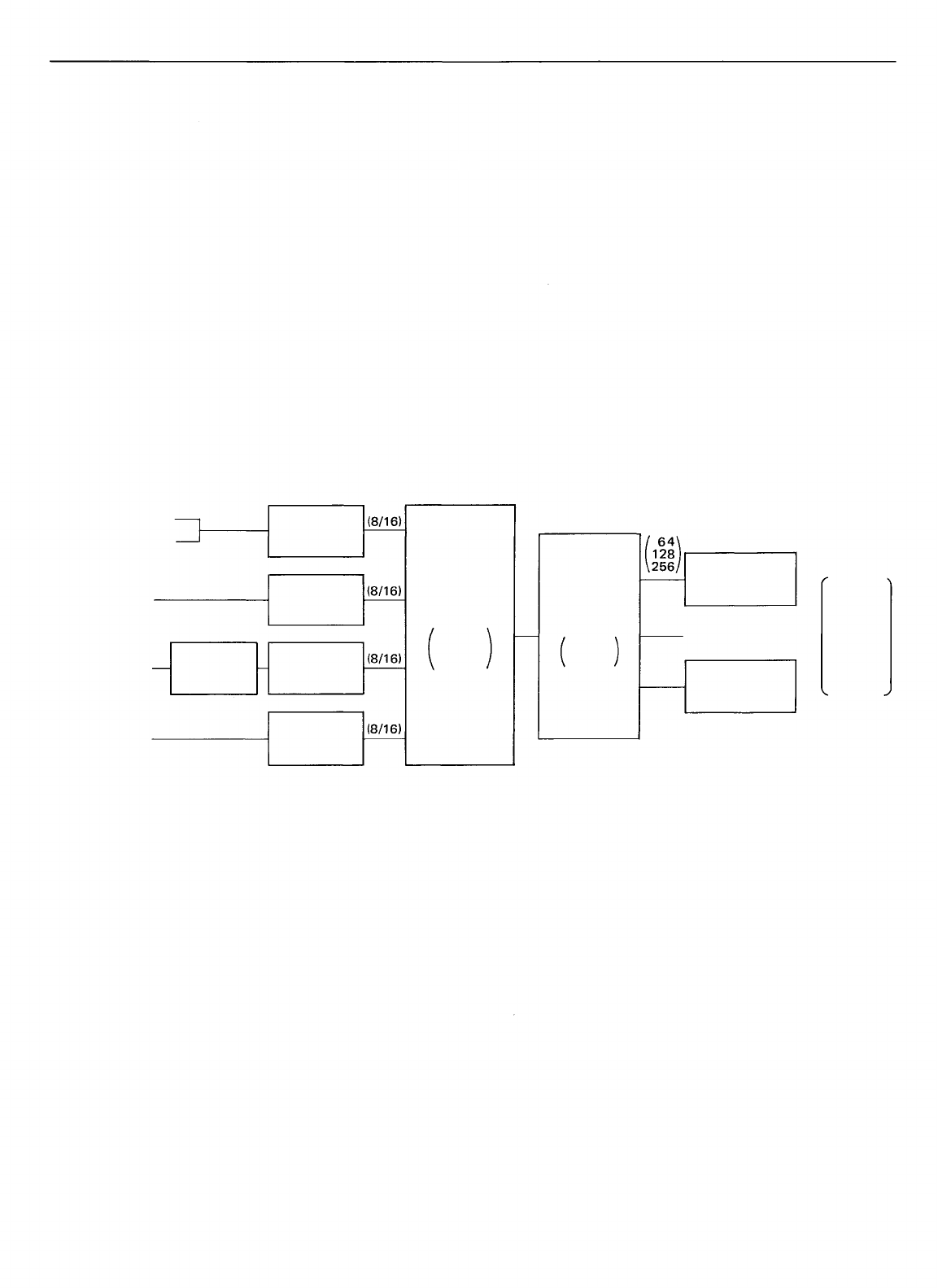
External interfaces
1. Types of external interfaces
External interfaces are classified into four types: OD
interface, LD interface, CB interface, and Tie-line inter-
face (depending on their external equipment).
(1) The OD interface connects the intercom system to
the external PBX via 4-wire rented lines.
(2) The LD interface connects the intercom system to
the internal PBX via 2-wire rented lines.
(3) The CB interface connects the intercom system to
the external and internal lines of the PBX.
(4) The tie-line interface connects two or more ex-
changes.
2. Descriptions of each interface
(1) OD interface
This interface, when connected to the PBX in the
remote area via the EXES-6000 exchange, permits
normal calls, paging calls, etc. to be made between
the intercom station and the PBX extension tele-
phone.
(2) LD interface
This interface, when connected to the internal PBX
via the EXES-6000 exchange, permits normal calls,
paging calls, etc. to be made between the intercom
station and the PBX extension telephone.
(3) CB interface
This interface, when directly connected to the PBX
extension line or to the telephone line via the
EXES-6000 system, permits the intercom station to
make and receive an external telephone call. The
CB-600 lines can also be used for interfacing with an
in-house pager system, a city pager system, etc.
(4) Tie-line interface
This interface connects two or more EXES-6000
exchange via the rented lines for normal calls,
paging calls, etc. between stations that are remote
from each other.
a. Telephone line
b. PBX extension
2W direct line
4W direct line
4W direct line
HF-200M
HF-210M
HF-640S
HF-650M
HF-660M
TL-600M
TL-600S
TL-610M
TL-620M
3. Numbering schedule of external interfaces
Before the external interfaces can function, the access
number (selective number) for each interface must first
be registered through No.200 programming. (For details,
refer to the Installation Manual for the CP-66).
(1) OD interface
Register the access numbers to use for seizing the
OD lines according to the OD-600 line registration
(Function Code No.23 of No.200 programming).
If it is desirable to connect the intercom system
to two or more PBX's installed in different loca-
tions, this can be accomplished by dividing the OD
lines and registering the access number of each split
line.
(2) LD interface
Register the access number to use for seizing the LD
lines according to the LD-600 line registration
(Function Code No.24 of No.200 programming). By
dividing the LD lines into several groups and register-
ing their respective access numbers, the lines can be
connected to more than one PBX.
(3) CB interface
Register the access numbers to use for seizing the
CB lines as well as for picking up an incoming tele-
phone call according to the CB-600 line registration
(Function Code N0.25 of NO.200 programming).
Also register the calling tone mode for receiving
telephone calls, and the group numbers of stations
capable of call response.
(4) Tie-line interface
Register the access numbers to use for seizing the Tl
lines according to the TI-600 line registration
(Function Code No.26 of No.200 programming). By
dividing the lines into two or more groups and
registering their respective access numbers, more
than one intercom system can be connected to each
other.
In-band ringer
(other manu-
facturer)
Telephone line
interface
(CB-600)
PBX interface
(LD-600)
PBX interface
(OD-600)
Tie-line
interface
(TI-600)
In-house exchange
Special terminal
board
EX-610
EX-620
EX-630
BX-610
BX-620
Intercom station
(sub)
To other intercoms
In-house broad-
casting equipment
—99—



